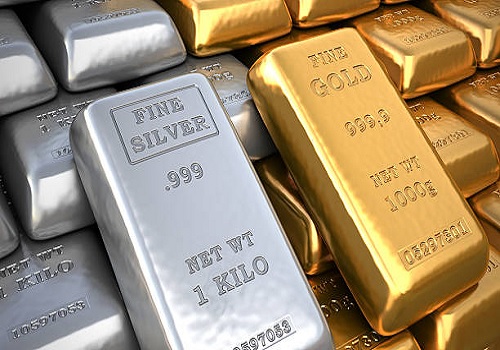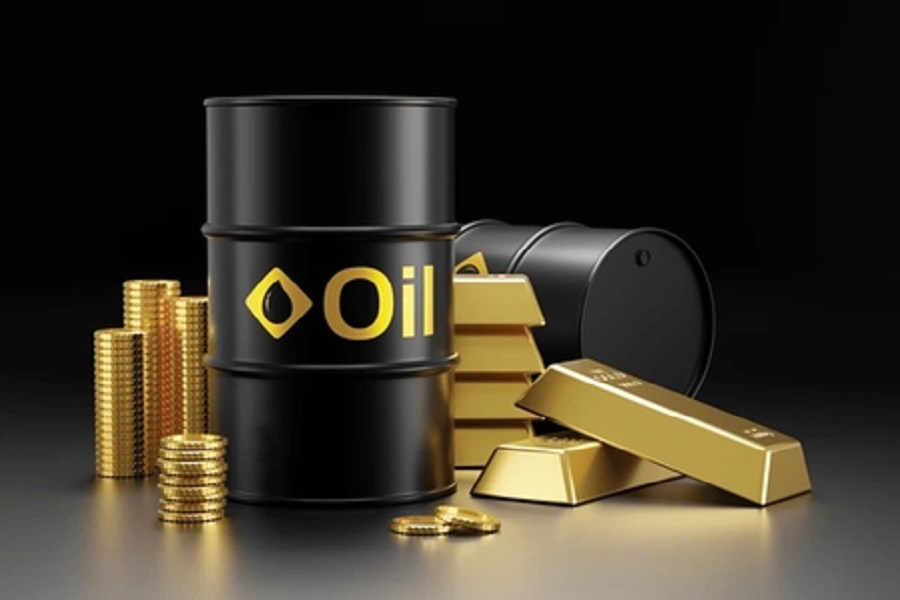Quote on Gold and Crude quote by Kaynat Chainwala, AVP-Commodity Research, Kotak Securities

Below the Quote on Gold and Crude quote by Kaynat Chainwala, AVP-Commodity Research, Kotak Securities
Comex gold futures began the week on a strong note, surging above $3,250 per ounce, driven by a weaker US dollar and heightened safe-haven demand following Moody’s downgrade of the US credit rating from “Aaa” to “Aa1,” citing rising federal debt and elevated interest costs. The US dollar slipped to a one-week low amid growing concerns over the country’s economic outlook and fiscal health. Adding to market uncertainty, Treasury Secretary Bessent warned of potential tariffs unless trade partners negotiate in “good faith.” Federal Reserve officials maintained a cautiously optimistic tone, as they also voiced concern about inflation risks from trade-related tariffs. Atlanta Fed President Raphael Bostic said the central bank may only be able to cut interest rates by a quarter-point for the rest of the year due to inflation pressures. Similarly, Fed Vice Chair Philip Jefferson emphasized a wait-and-see approach, noting the importance of preventing a temporary rise in prices from becoming entrenched inflation. Geopolitical tensions in the Middle East also supported gold prices, with Israel intensifying attacks in Gaza and Yemen. Today, gold is trading below $3,215 per ounce, as Trump said Ukraine and Russia would “immediately start negotiations” toward a ceasefire. Investors are also awaiting speeches from several Fed officials later today for monetary policy cues. However, sharp downside may be limited ahead of a key House vote on President Trump’s major tax and spending package, which could further widen the US fiscal deficit.
WTI crude oil experienced a volatile session yesterday, with prices falling below $62 per barrel earlier following Moody’s downgrade of US debt, which cited a ballooning federal budget deficit and a national debt of $36 trillion. However, prices rebounded sharply after US-Iran nuclear deal talks stalled as Iran declared its uranium enrichment program “absolutely non-negotiable,” while the US maintained that any agreement must include a halt to enrichment. This pushed prices up to $63.4 per barrel before they settled at $62.7. Today, oil prices are holding steady in a narrow range as markets focus on Russia-Ukraine peace talks, with President Trump withdrawing from negotiations without threatening new sanctions and increasing pressure on the Russian leader, while the ongoing US-Iran deadlock continues to support prices.
Above views are of the author and not of the website kindly read disclaimer










Tag News

Quote on Market Wrap 18th Dec 2025 by Shrikant Chouhan, Kotak Securities













